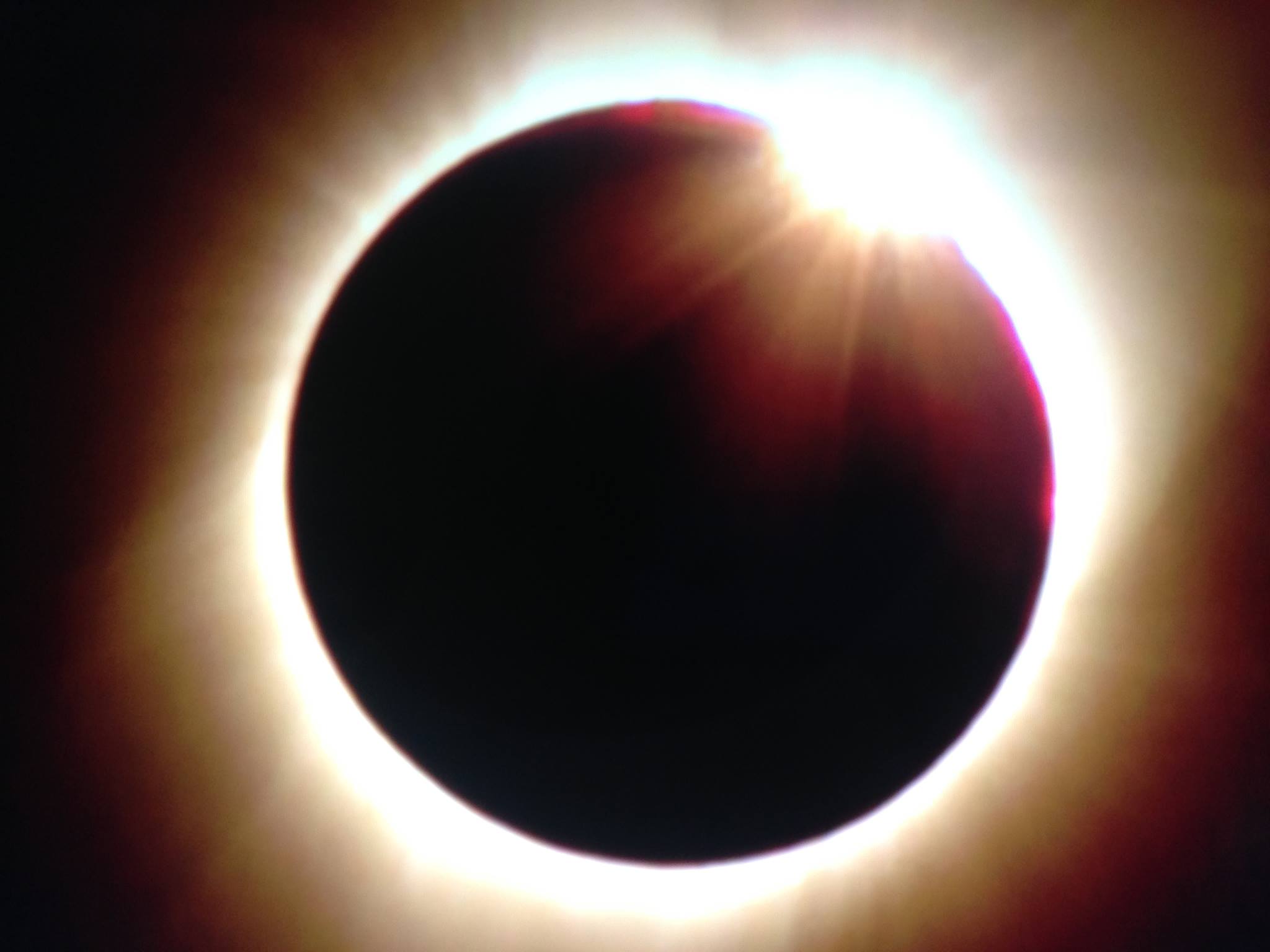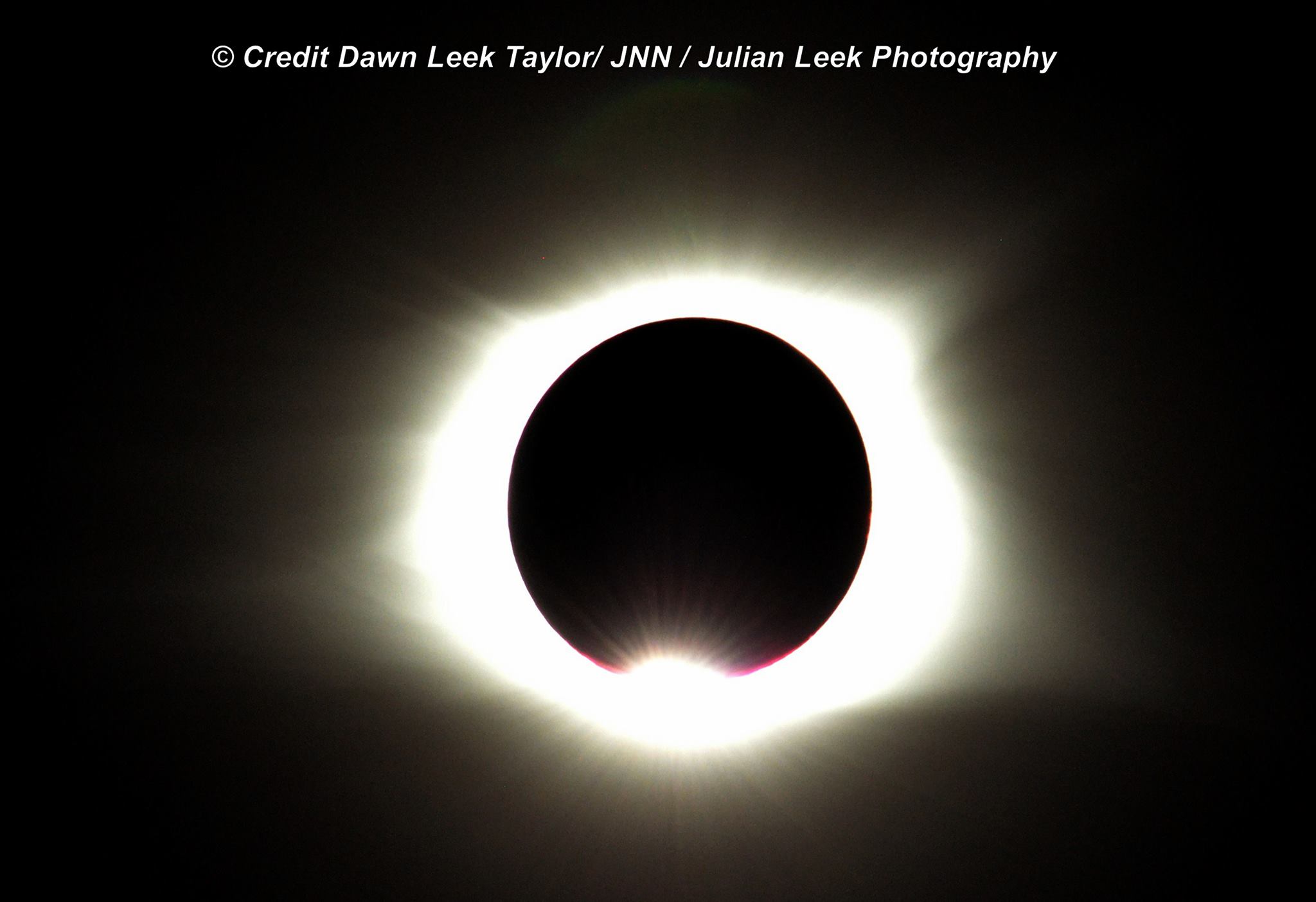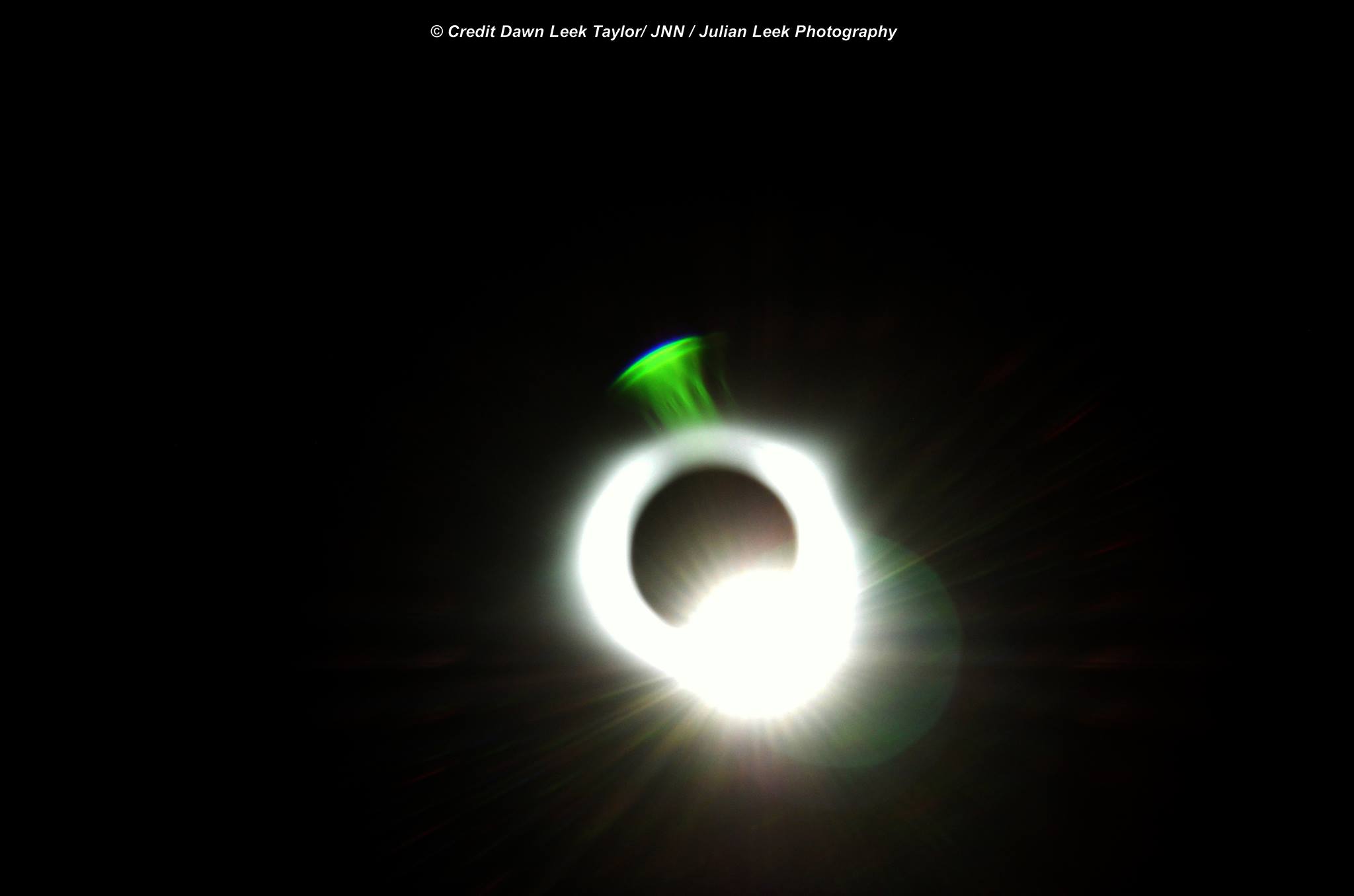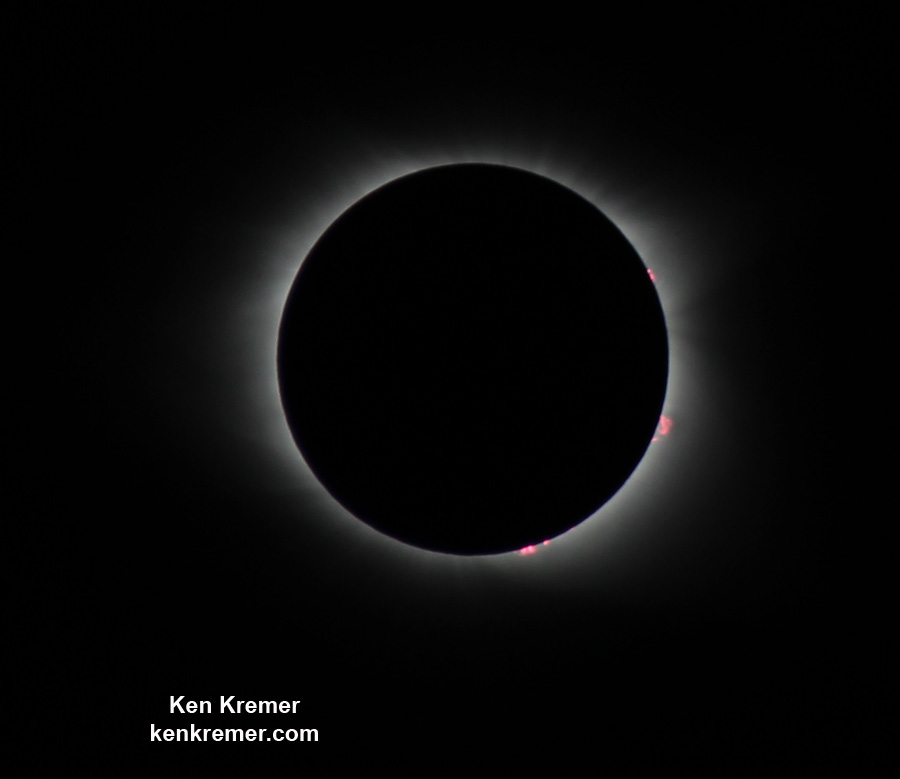
SANTEE, SOUTH CAROLINA – Witnessing ‘Totality’ during Monday’s ‘Great American Solar Eclipse’ was a truly mesmerizing experience far beyond anything I imagined and something I will never forget -That’s a sentiment shared by millions upon millions of fellow gushing spectators.
I was stationed in Santee, South Carolina, near Lake Marion and close to the centerline of Totality, along with space journalist friend and colleague Jeff Seibert. And we could not have asked for clearer skies to enjoy this awesome natural event made possible by a uniquely rare confluence of miraculous celestial mechanics.
Check out our expanding gallery of personal photos and videos as well as many more gathered from friends and colleagues herein.
Totality was mesmerizing! Although I fully hoped to see a science spectacle (weather permitting) – I wasn’t really prepared for the majesty of the ‘coronal fire’ of Totality on display in the sky that started with what seemed like a startling electric flash – – The sun was alive far beyond anything I imagined beforehand. An out of body experience truly beyond my wildest dreams.
And we really lucked out with the weather – – as the odds of good weather are apparently better near Lake Marion, local residents told me. Just 15 miles south in Saint George, SC where I held a well attended eclipse outreach event at my hotel the night before, it was sadly socked in.
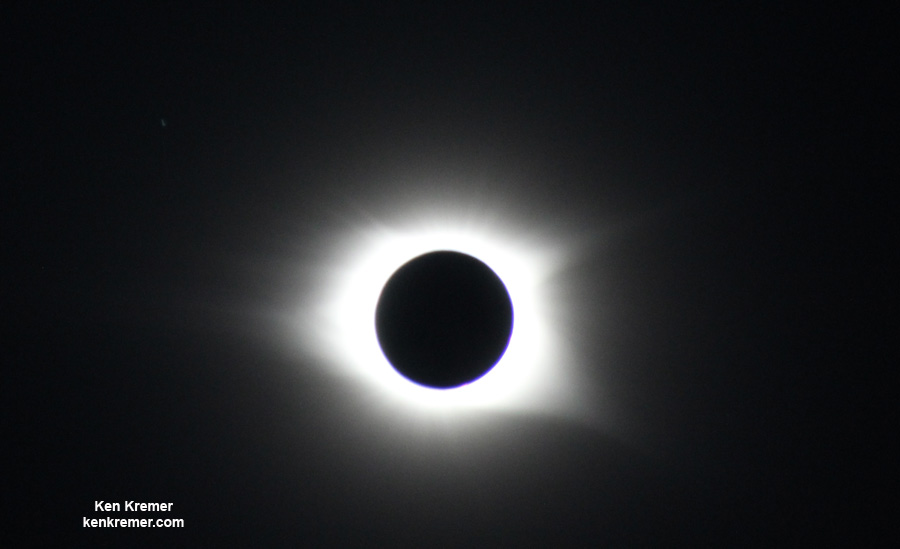
Despite a less than promising weather forecast, the threatening Carolina storm clouds obscuring our sun as we awoke and got our camera gear together Monday morning, fortunately scooted away.
Just in the nick of time the rainy gray breakfast clouds miraculously parted as eclipse time approached and almost completely disappeared by lunchtime – fully an hour prior to the eclipses beginning from our viewing location in Santee; near beautiful Lake Marion, South Carolina, which intersects the heavily traveled I-95 North/South Interstate highway corridor.
Like tens of millions of others, I’ve seen several partial solar eclipses, but this was my first total solar eclipse and it did not disappoint!
And there is just no comparison between seeing a partial and a total solar eclipse – sort of like a family before and after having a baby.
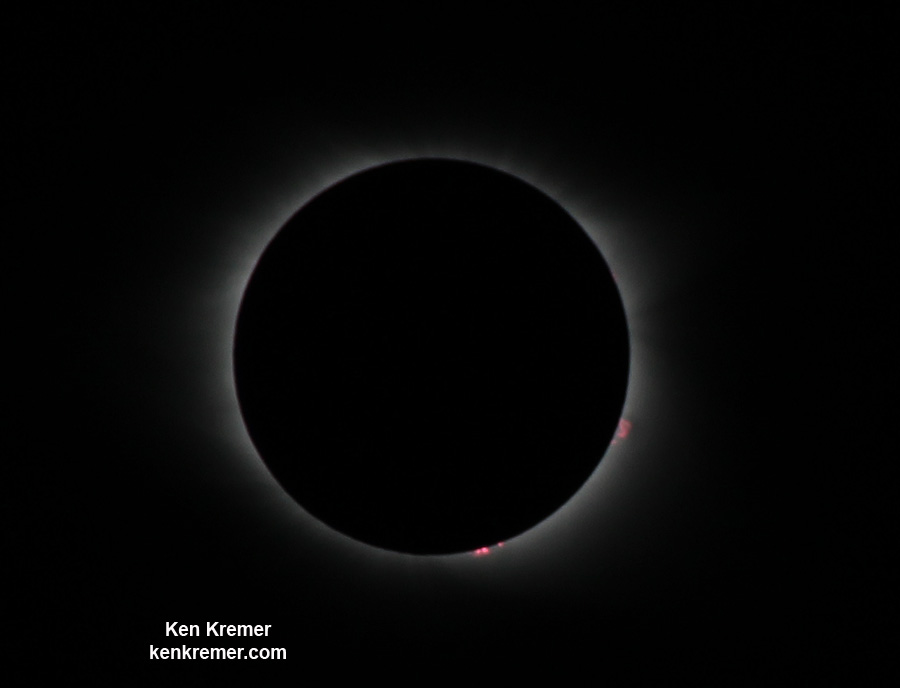
A few hundred excited people from across the East Coast including some families with kids had coincidentally gathered at our Santee location by the Water Park.
At Santee, SC, we enjoyed unobstructed totality for all 2 minutes, 34 seconds – very close to the longest possible duration of 2 min 43 seconds experienced by folks congregated in Carbondale, Illinois.
Overall our eclipse experience began at 1:14:55 p.m. EDT and concluded at 4:08:01 EDT – nearly three hours.
Totality started at 2:43:42 p.m. EDT and concluded at 2:46:16 p.m. EDT.

At lunchtime it was a boiling hot, skin stinging 95+ degrees F. But barely half an hour into the eclipse and with the sun perhaps only a third covered the area noticeably cooled and darkened and the sunburn was gone.
As the eclipse deepened, the sky really darkened to the point we almost needed a flashlight and it was downright comfortable temperature wise.
I’m over the Moon so to speak and still replaying the totality event in my mind from start to finish.
You can follow along by watching this thrilling solar eclipse video produced by Jeff Seibert, and listen to the cheering crowd to get a sense of our Carolina Totality adventure:
Video Caption: Total Solar eclipse from Santee, SC on August 21, 2017. We were 4.8 miles South of the Umbra center line, and had clear weather until just before last contact. Credit: Jeff Seibert
At Santee we were 87% into the umbra with a 70 mile wide (115 km) lunar shadow path width, at 136 feet elevation above sea level.
There is just nothing like ‘Totality’ in my experience as a research scientist and journalist – working with and seeing cool science and space hardware up close.
Totality is a natural wonder of the Universe and it was an electrifying event.
At the moment that totality commenced, day turned almost instantly to night as though someone threw a light switch.
I distinctly heard crackling sounds burst through the air, akin to a thunderbolt clap at that very moment – heralding our sudden jolt to totality.
Cheers broke out. Everyone and myself were so totally in awe of totality. And the sun’s brilliant while corona suddenly became visible, alive and in motion as the solar surface was completely blocked, hidden behind our moon. So I just stared at the stunning beauty, barely able to function as a photographer.
The planet Venus quickly and suddenly and incredibly popped out brilliantly from the darkness of the daytime sky. Some stars were also visible.
You absolutely must experience this incomparable wonder of nature with you own eyeballs.
Focus on the fleeting moment.
Because in a flash of just 2.5 minutes #Eclipse2017 was gone & done!
The all natural light switch had been turned back on by mother nature herself.
If only a replay or restart were possible – someone in the crowd yelled in glee. And we all thought the same way.
Totality, like rockets and science can be addictive in a very positive way.
Furthermore, we also saw the famed partial solar crescents reflecting through trees onto the ground during the partial eclipse phases.
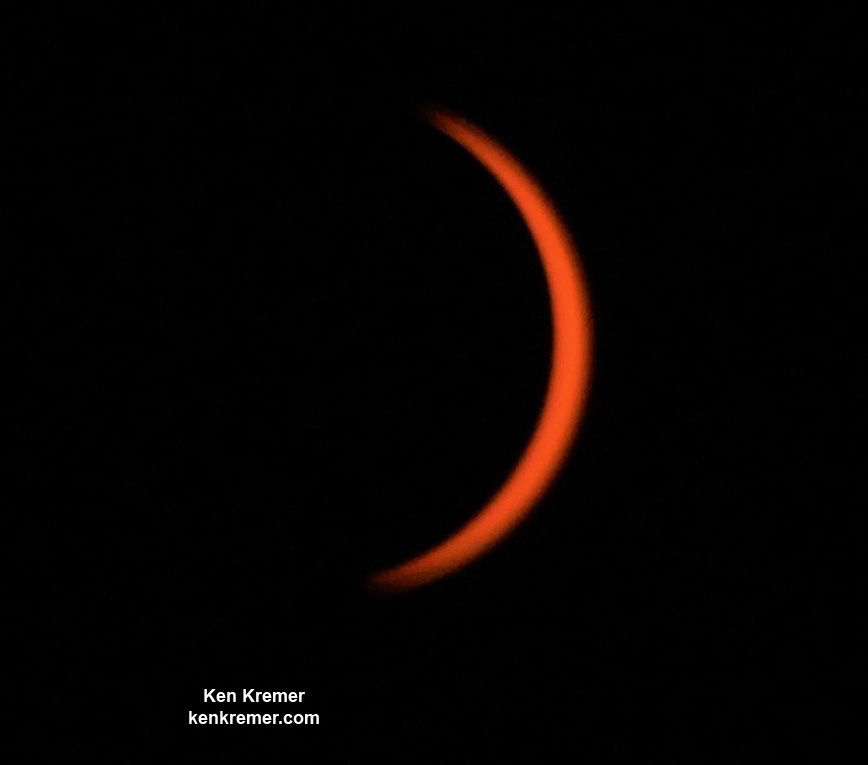
We very luckily enjoyed virtually perfect weather and clear blue skies for the entirely of the eclipse – from first contact, through totality and the last limb of contact of Earth’s moon covering the sun.
Only a few scattered cloud patches dotted overhead at the start and rapidly exited.
And very happily we were not alone.
The Aug. 21 ‘Total Solar ‘Eclipse Across America’ was enjoyed by tens of millions more lucky spectators, including many friends lining the solar eclipses narrow path of Totality from coast to coast.
The 70-mile-wide (115 km) swath of the Moons shadow raced across America from Oregon to South Carolina in a thrilling event that became sort of a communal experience with all the explanatory news coverage foreshadowing what was to come.
Everyone in North America was able to witness at least a partial solar eclipse, weather permitting- and many did either on there own or at special solar eclipse events organized at towns and cities at museums, parks and open spaces across the country.
12 million people live directly in the path of 2017 solar eclipse totality as it passed through 14 states.
It was the first total solar eclipse visible from the United States since Feb. 26, 1979. And it was the first such coast to coast eclipse crossing the entire continental United States in 99 years since June 8, 1918 during World War 1.
The umbra (or dark inner shadow) of the Moon moved west to east at 3000 MPH in Oregon and 1500 MPH by the time it reached our location in South Carolina.
The 2017 solar eclipse began on the west coast with the lunar shadow entering the US near Lincoln City, Oregon at 9:05 PDT, with totality beginning at 10:15 PDT, according to a NASA description.
Totality ended along the US East Coast in the coastal city of Charleston, South Carolina at 2:48 p.m. EDT. The last remnants of lunar shadow departed at 4:09 p.m. EDT. Charleston is about an hour or so east of my viewing location in Santee and folks there enjoyed stunning views too.
For as long as I live the 2017 Solar Eclipse Totality will be burned into my mind!

“I’m pretty sure it was not nearly as epic as the total eclipse. It was fun to watch with teenagers though. I think what was unique to me was that I was capturing the equivalent of a crescent sun. Did it get dark here, of course not, but there were a few minutes where the Space Coast went a bit dim. The most fun was looking for the shadows,” writes Julia Bergeron from Port Canaveral, FL.

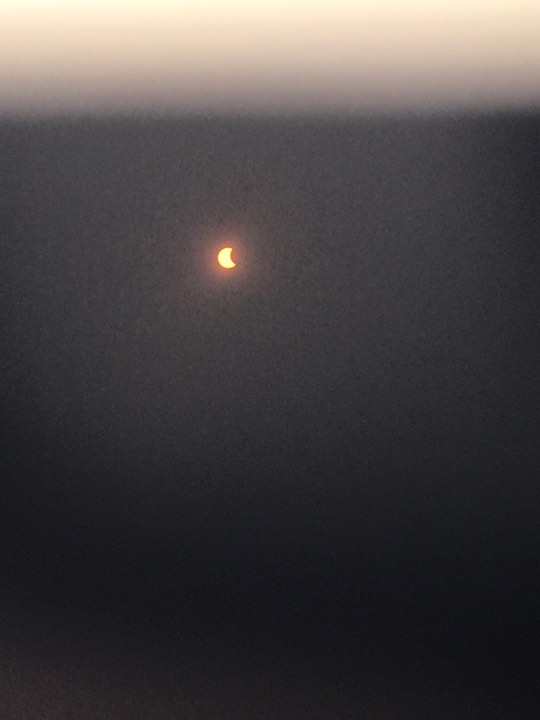
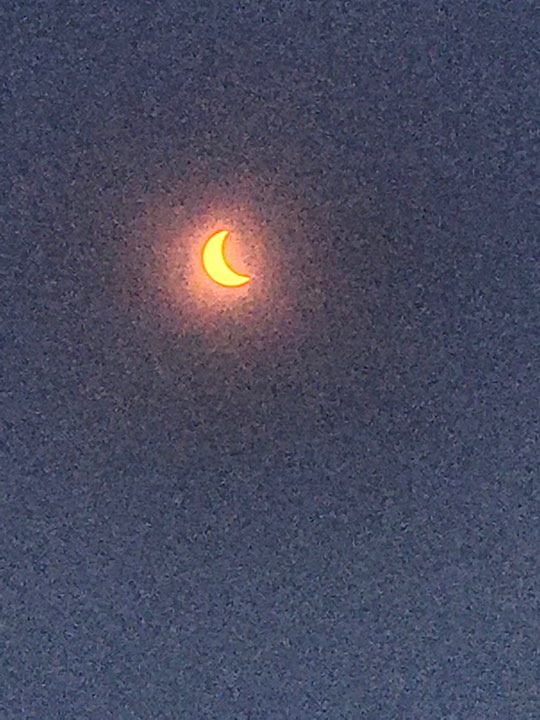
Watch for Ken’s continuing onsite Minotaur IV ORS-5, TDRS-M, CRS-12 and NASA and space mission reports direct from the Kennedy Space Center and Cape Canaveral Air Force Station, Florida.
Stay tuned here for Ken’s continuing Earth and Planetary science and human spaceflight news.
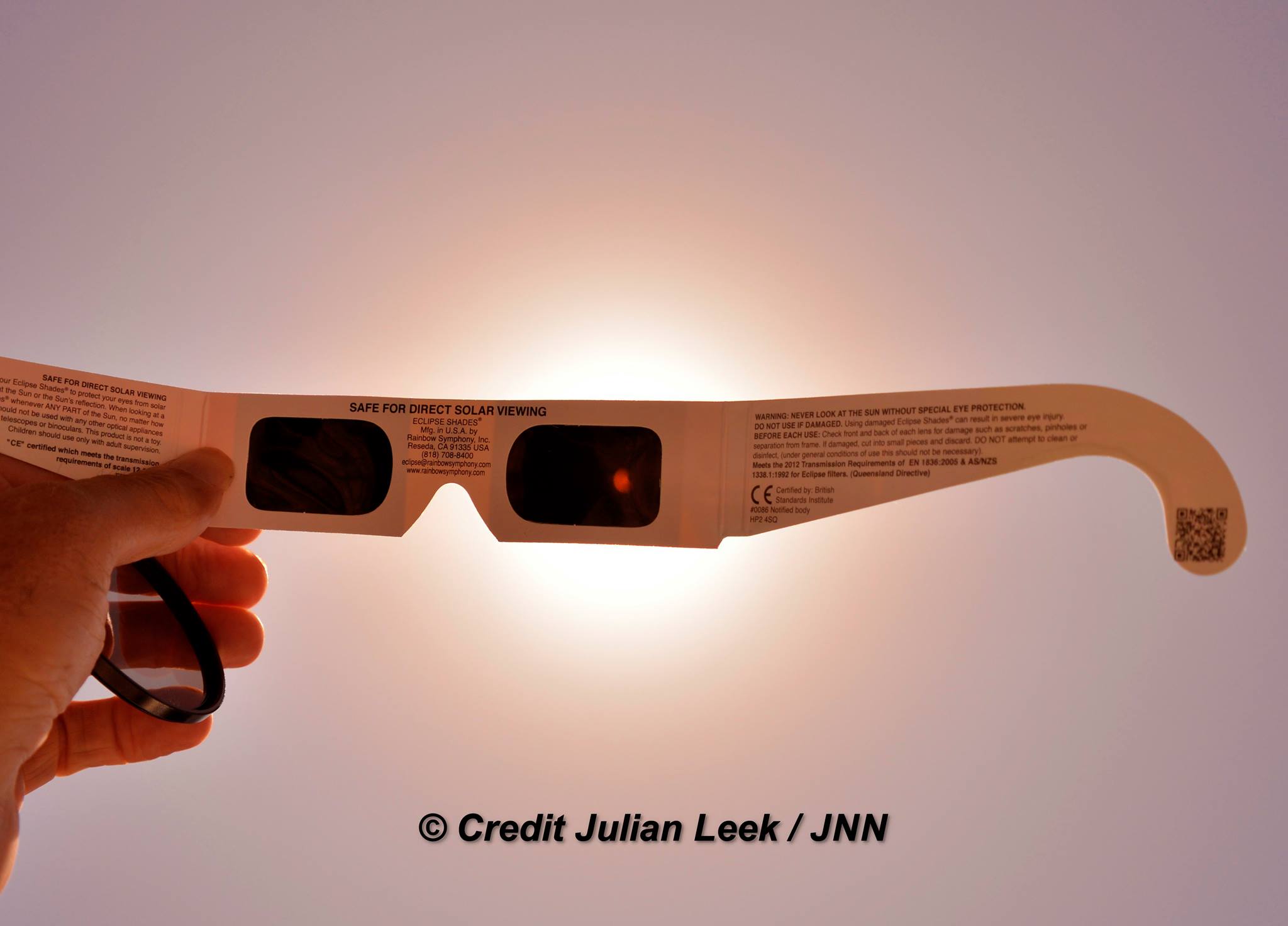
………….
Learn more about the 2017 Total Solar Eclipse, upcoming Minotaur IV ORS-5 military launch on Aug. 25, recent ULA Atlas TDRS-M NASA comsat on Aug. 18, 2017 , SpaceX Dragon CRS-12 resupply launch to ISS on Aug. 14, NASA missions and more at Ken’s upcoming outreach events at Kennedy Space Center Quality Inn, Titusville, FL:
Aug 24-26: “2017 Total Solar Eclipse Minotaur IV ORS-5, TDRS-M NASA comsat, SpaceX CRS-12 resupply launches to the ISS, Intelsat35e, BulgariaSat 1 and NRO Spysat, SLS, Orion, Commercial crew capsules from Boeing and SpaceX , Heroes and Legends at KSCVC, ULA Atlas/John Glenn Cygnus launch to ISS, SBIRS GEO 3 launch, GOES-R weather satellite launch, OSIRIS-Rex, Juno at Jupiter, InSight Mars lander, SpaceX and Orbital ATK cargo missions to the ISS, ULA Delta 4 Heavy spy satellite, Curiosity and Opportunity explore Mars, Pluto and more,” Kennedy Space Center Quality Inn, Titusville, FL, evenings
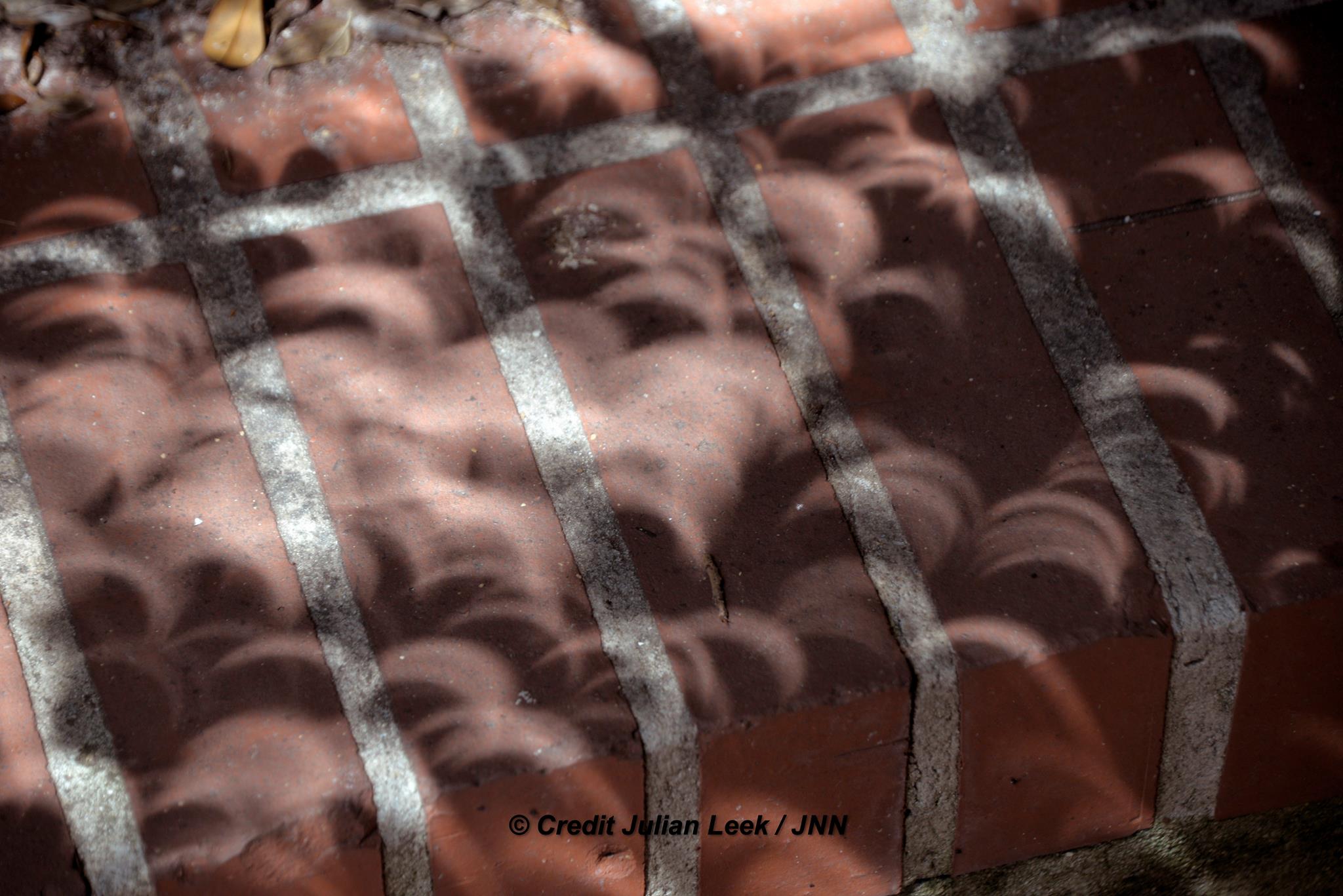
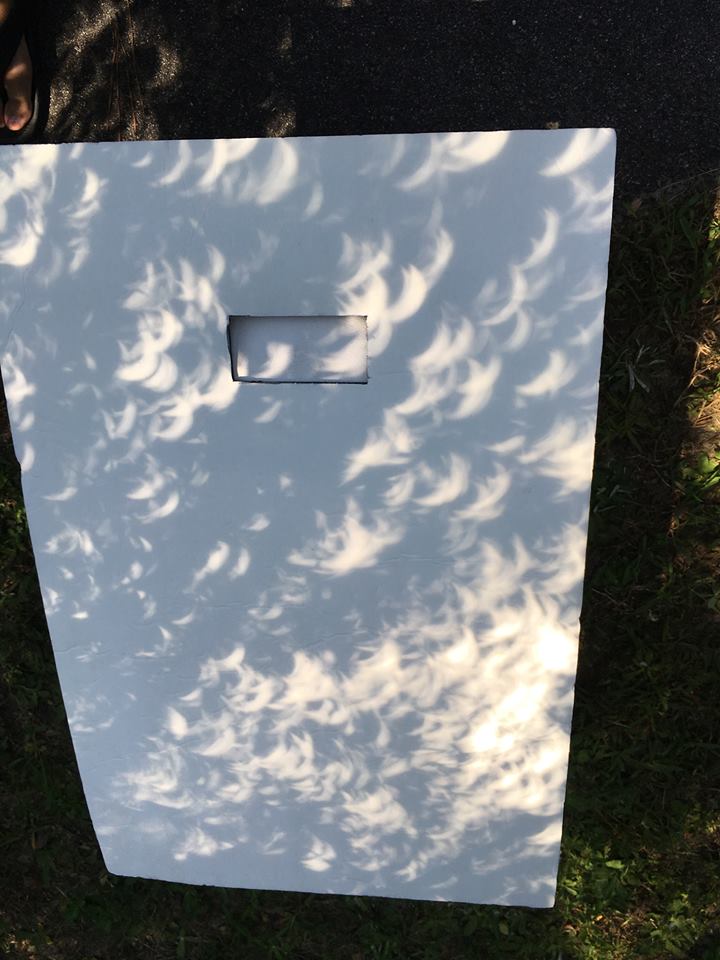

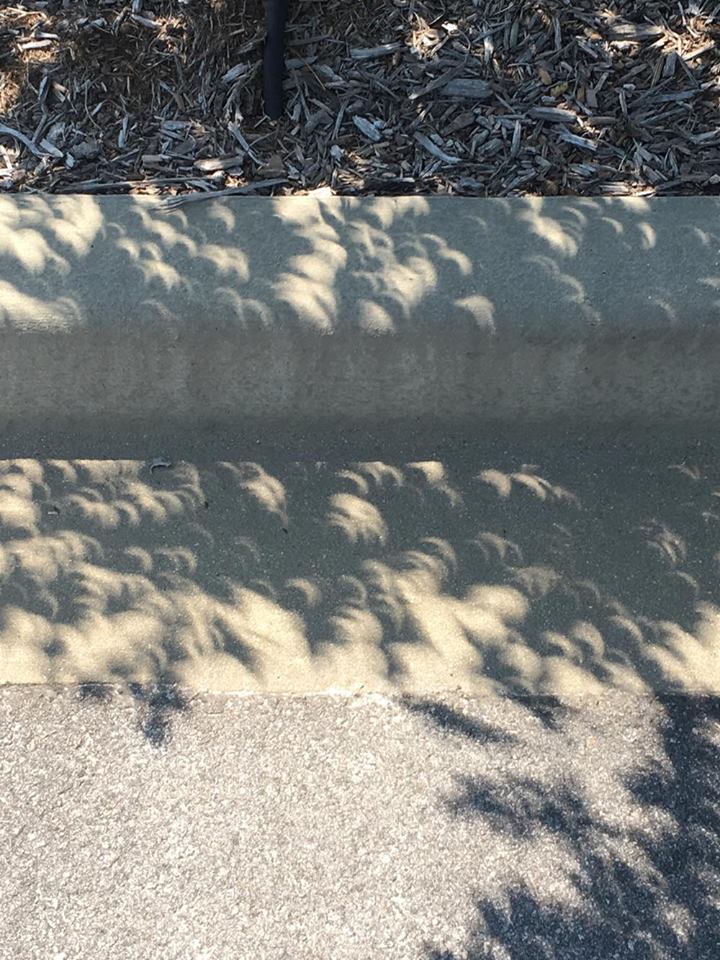
“Astonished at the vivacity and brightness of the corona, and the contrast with the infinitely dark moon. Through binos it almost had me in tears,” writes John Gould from Red Bank, SC.
